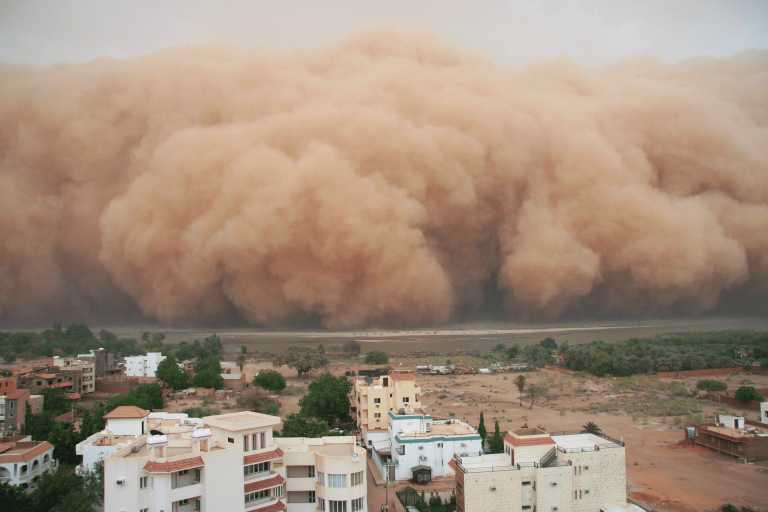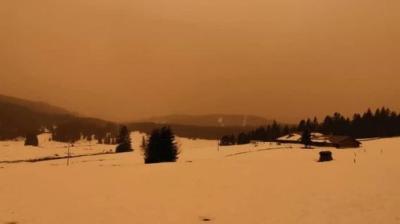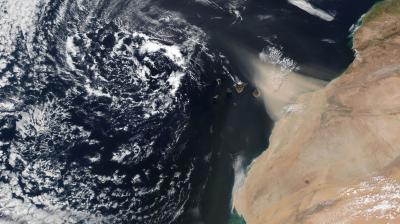WMO Airborne Dust Bulletin No. 1 – March 2017

This first Airborne Dust Bulletin reports on the atmospheric burden of mineral dust through 2016, its geographical distribution and its inter-annual variation. A key challenge is that the availability of suitable dust observations is limited. Extracting specific dust signals from satellite observations is complicated by the presence of other kinds of aerosols and substances in the atmosphere.
In addition, observations from sensors with visible channels are not available over bright surfaces such as deserts (Benedetti et al., 2014).
About the series
The annual WMO Airborne Dust Bulletin reports on the incidence and hazards of sand and dust storms, which have a major impact on air quality, health, the environment, agriculture and economies.
Every year, around 2,000 million tons of dust enters the atmosphere and can be transported for hundreds of kilometers. Much of this is a natural process, but a large part of it is the result of poor water and land management.
Forecasts have improved greatly thanks to the WMO Global Sand and Dust Storm Warning Advisory and Assessment System, which coordinates international sand and dust research and has operational regional centres.




